Landmarked Carroll Street Bridge Set for More Testing to Assess Stability, Remains Closed
The Carroll Street Bridge will likely remain closed long past the currently projected March 31 cutoff as federal and city agencies work to assess and address structural issues on the span.

The Carroll Street bridge in 2018. Photo by Susan De Vries
The Carroll Street Bridge will likely remain closed long past the currently projected March 31 cutoff as federal and city agencies work to assess and address structural issues on the span.
Christos Tsiamis, the project manager of the Environmental Protection Agency’s Superfund site, said at a January 25 meeting of the Gowanus Community Advisory Group that testing and repairs could take a year or longer, depending on how much damage is discovered in the structural supports of the 133-year-old bridge.
Last summer, engineers started work installing “pipe piles,” which would help stabilize the bridge when the federal EPA and the city begin dredging in the area.
After a few months of pile driving, though, engineers realized the work was damaging the structure, and the EPA decided to reassess their plans for supporting the bridge and cleaning up the 10 feet of infamous “black mayonnaise” beneath the Carroll Street and Union Street bridges, Tsiamis said at a September meeting of the CAG.
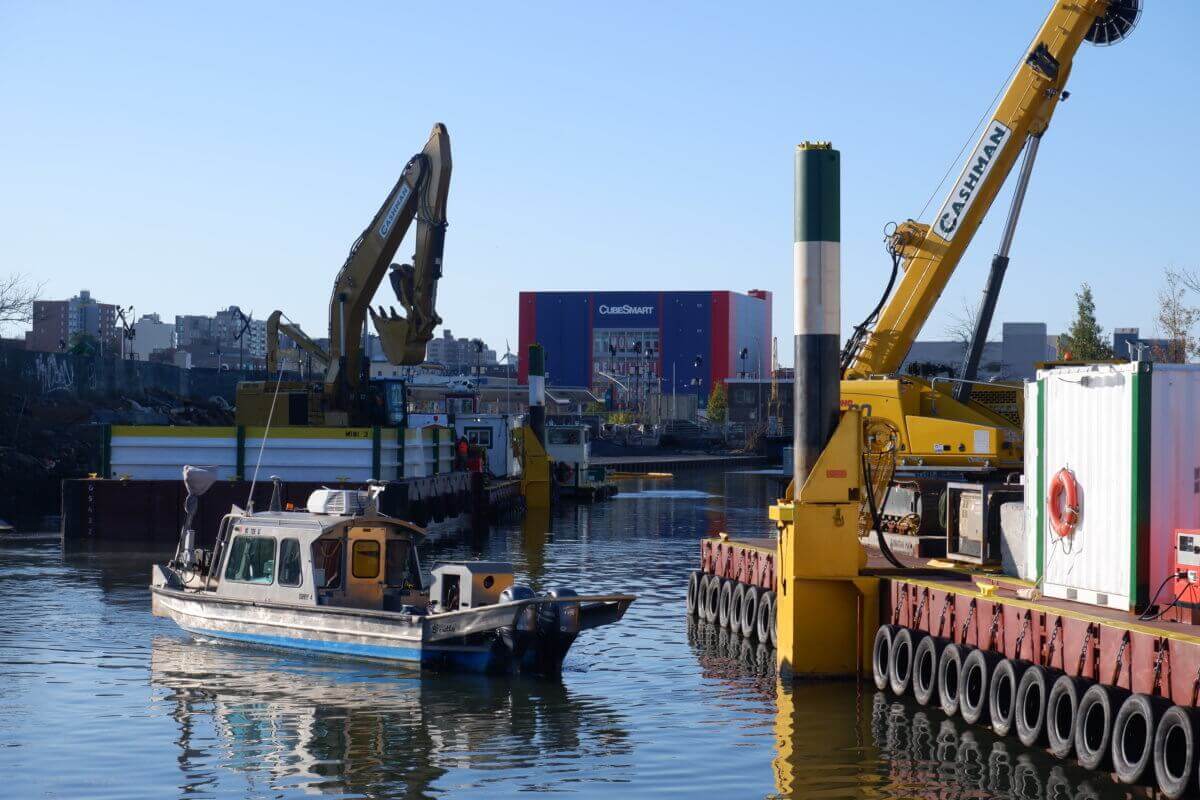
Rather than scooping the sludge from the floor of the canal, the agency is planning to inject cement into it to solidify and prevent it from spreading or leeching toxic waste into the canal, a process known as In-Situ Stabilization. The cement will also stabilize the bridge.
“One of the things we’ve learned is that the substructure of the bridge is in worse condition than anyone understood,” said Brian Carr, assistant regional counsel at the EPA, at the January meeting. “There were repairs that were going to be needed one way or the other, and driving the piles in and all, if the bridge had been in decent condition, would have provided future stability for the bridge.”
Because of the unforeseen delicacy of the Progressive Era bridge, the pile-driving sped up the need for serious repairs. Because of the damage the construction caused, the city’s Department of Transportation and contractors working with the “potentially responsible parties” who are helping to fund the cleanup had to determine if the bridge was safe to hold pedestrians and cars again.
A simulation they performed revealed that the Carroll Street Bridge was in no way ready to reopen to traffic.
“So, what has to be done right now is there has to be a real-life assessment of the loads that the bridge can support,” Tsiamis said. “That is being done by what is called a load test.”
Over two to three months, engineers will test incrementally heavier loads on the bridge to see how it reacts to the additional weight. It remains to be seen what the results of those months of experiments will be, but if the needed repairs are superficial, Tsiamis said, he would expect them to take about six months post-testing. If the foundational supports need serious upgrades, the work is likely to take at least a year.
So far, all of the issues with the bridge are part of the lower, structural parts of the bridge, not the upper superstructure, and are not interfering with the mechanism that opens and closes the deck — so the city’s Landmarks Preservation Committee is not heavily involved with testing or repairs.
The Carroll Street Bridge is one of the oldest retractable bridges in the US, and was landmarked in 1987. Recent years have not been kind to the centenarian, which took a beating during Superstorm Sandy and received funding from the Federal Emergency Management Agency for repairs in 2013.
CAG member Bev Watkins asked if the upcoming construction boom would be taken into consideration as repairs are done on the bridge. With the recent passage of the Gowanus rezoning, dozens of new buildings are expected to rise in coming years, and she worried that the vibrations of nearby pile driving could undo new repairs.
“When you construct your house, you’re not thinking what features your neighbor is going to put,” Tsiamis said. “If [developers] go to do construction on land, they will need to take into account what is in their vicinity.”
DOT and other agencies would have to continue to monitor the bridges, he continued. Additionally, Carr said, the pile driving only caused damage when it was happening directly at the site of the bridge — it had been fine to put piles in even up to the very edge of the foundations.
Marlene Donnelly, another member, raised the issue of developers planning construction without taking the historic structure into account, and said she doubts the city will track the effects of future development.
But that, Carr said, is beyond what the EPA can control. He recommended concerned bridge buffs take it up at Community Board 6 or with their local city council member.
Editor’s note: A version of this story originally ran in Brooklyn Paper. Click here to see the original story.
Related Stories
- Local Pols Ask Feds to Advise on Impact of Gowanus Rezoning on Superfund Cleanup
- City’s Delay on Gowanus Tank Could Lead to Fines of $60K Per Day, Says EPA
- Barge Loaded With Toxic Materials From Gowanus Canal Cleanup Sinks in Gowanus Bay
Email tips@brownstoner.com with further comments, questions or tips. Follow Brownstoner on Twitter and Instagram, and like us on Facebook.

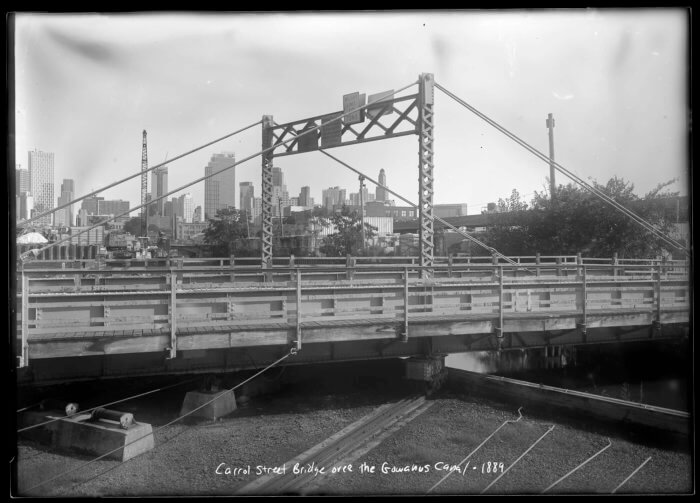
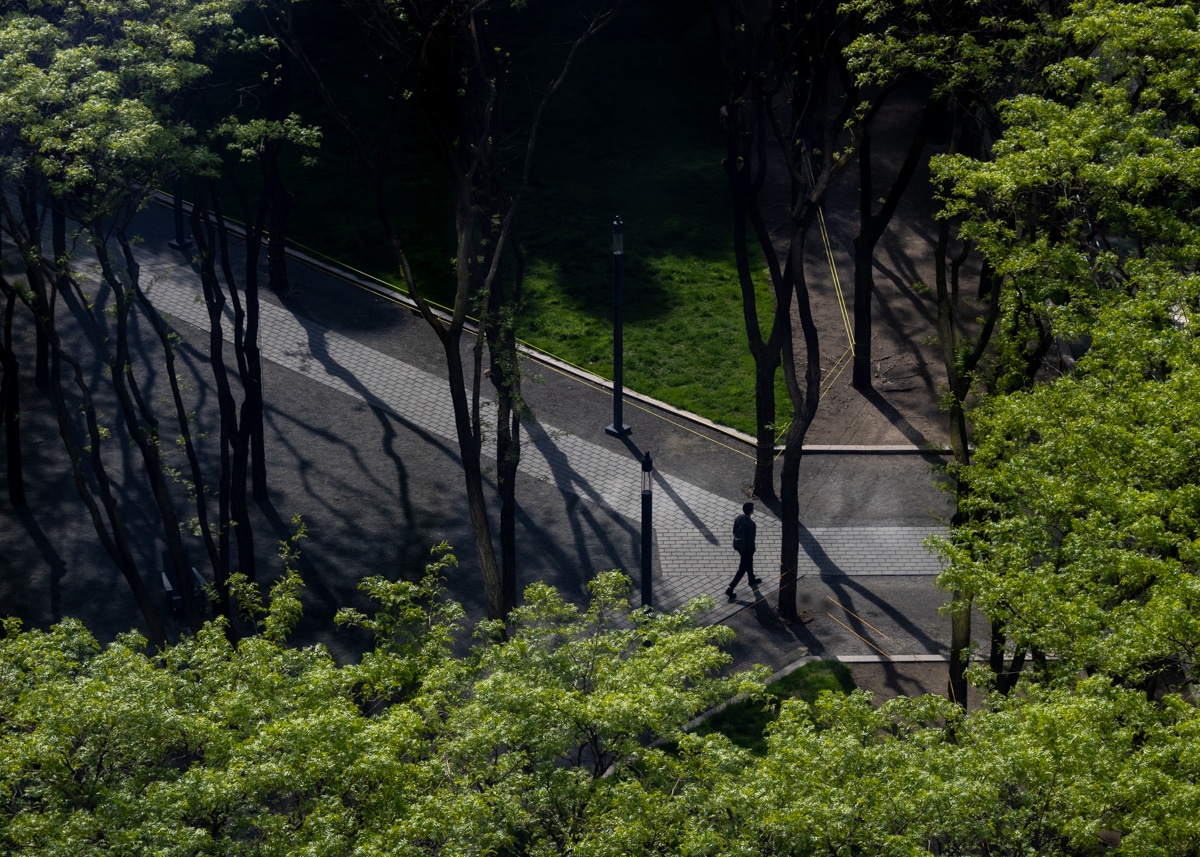
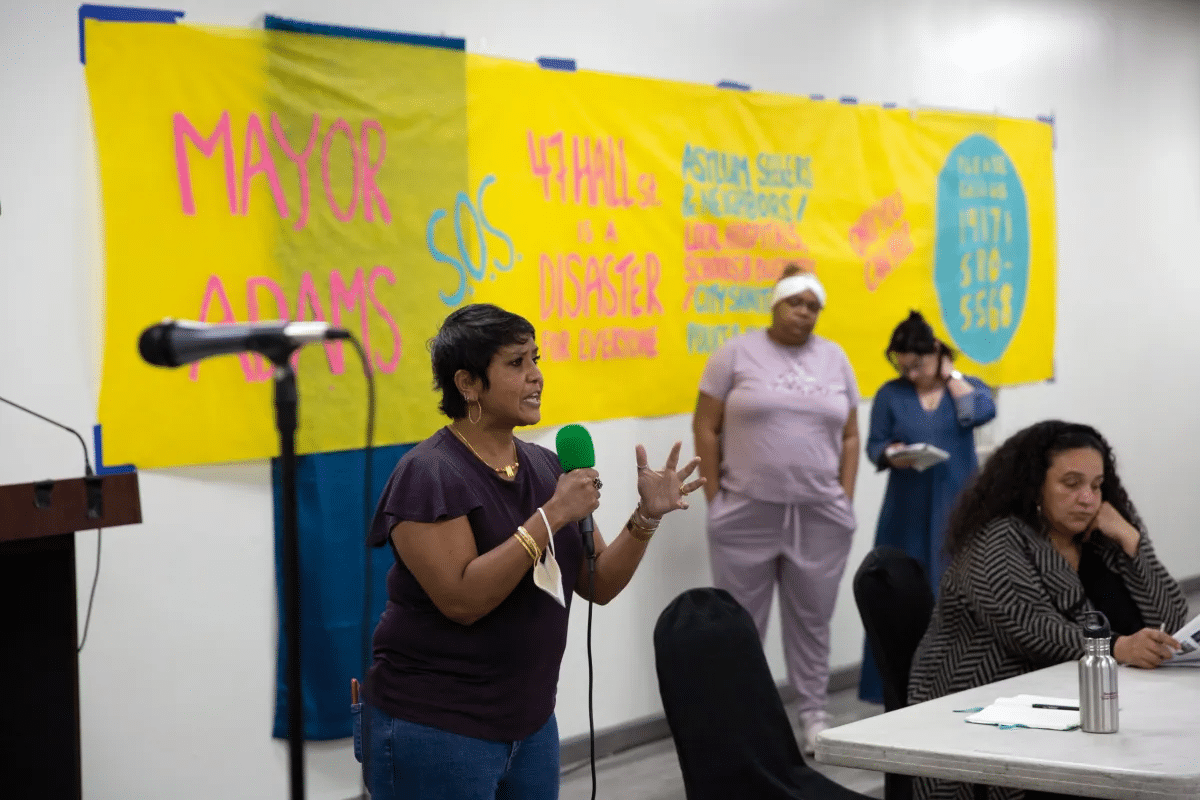
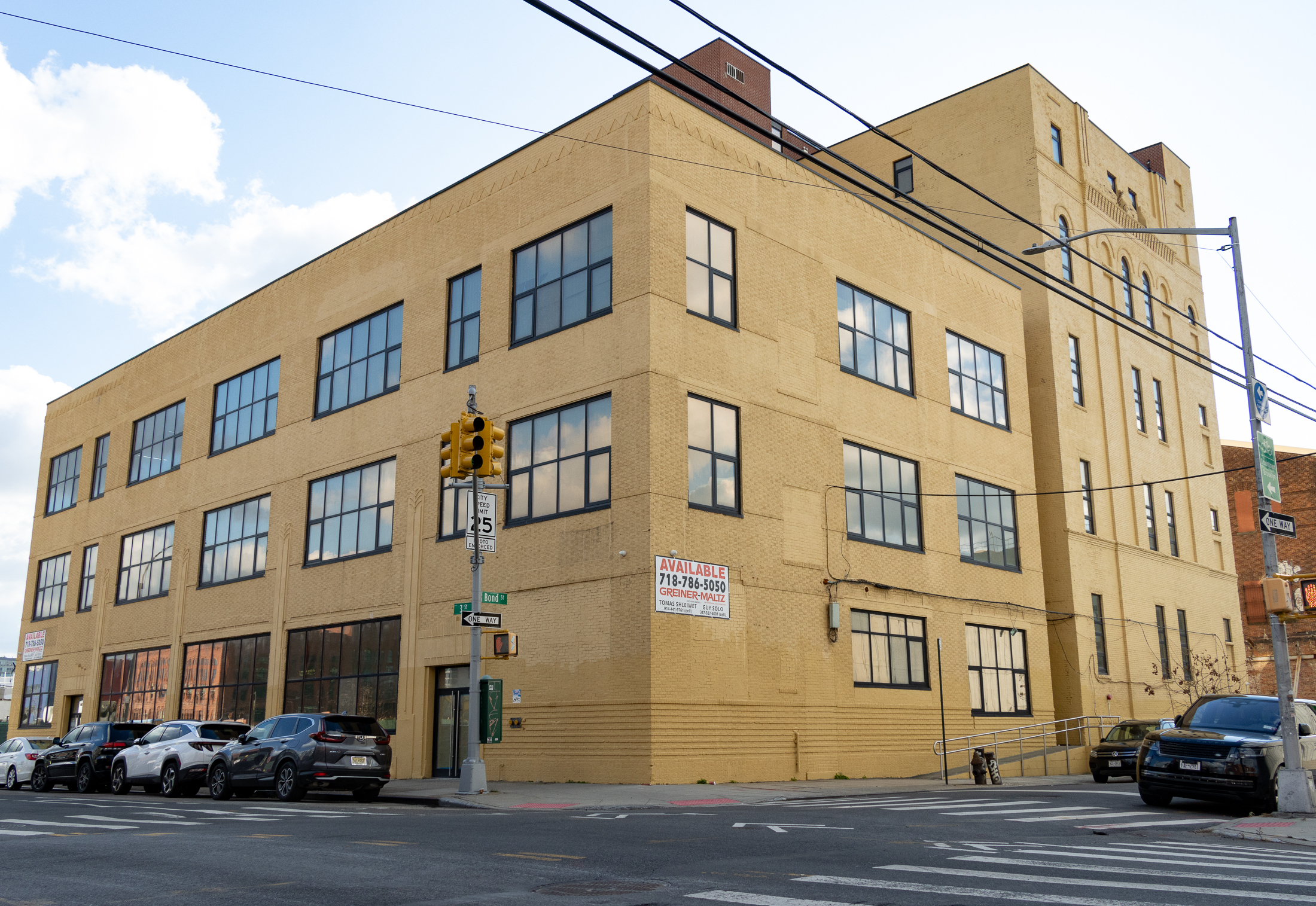
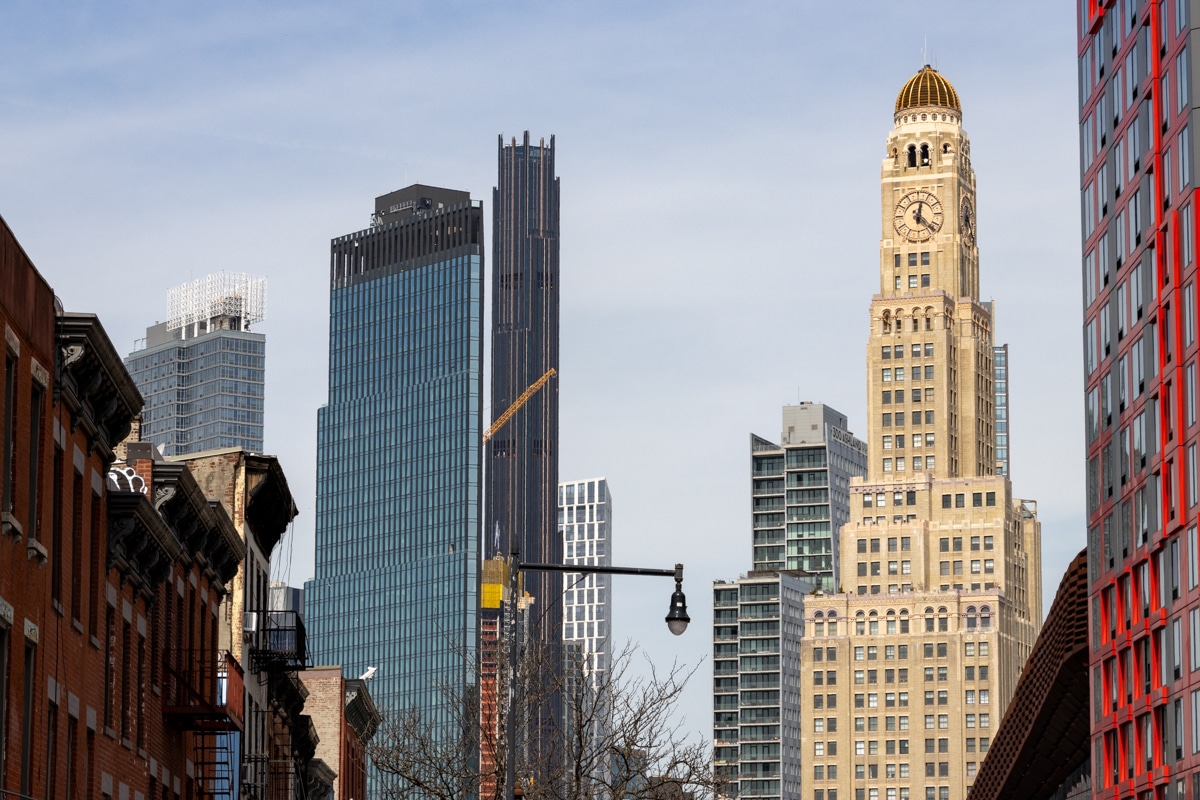




What's Your Take? Leave a Comment